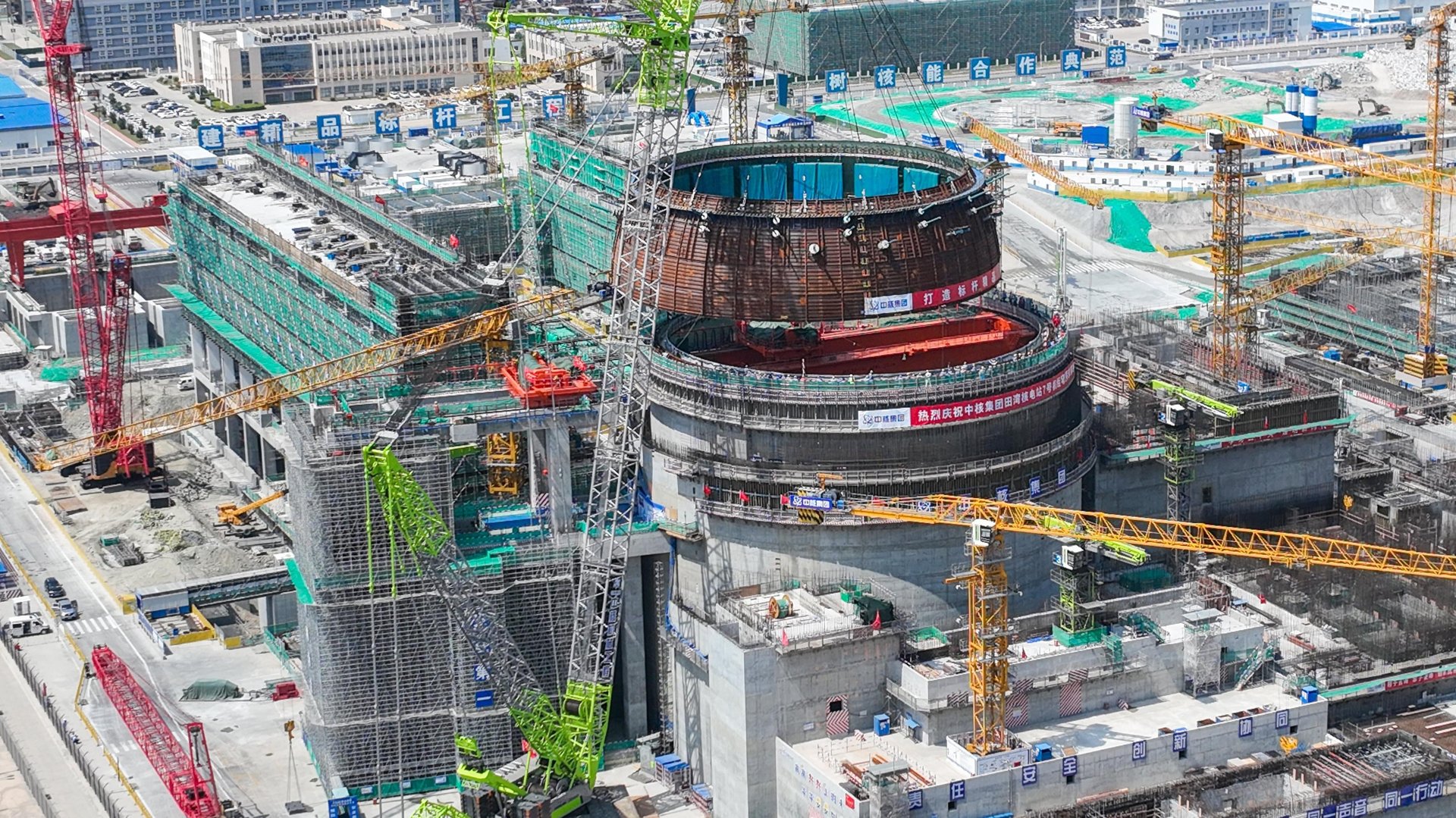China is beating the U.S. on nuclear power by more than a decade, report says
The difference comes down to "systemic and organizational innovation"

A new report from the Information Technology & Innovation Foundation think tank suggests that the U.S. has more nuclear capacity than China at the moment but risks falling behind on both that and in the race to develop future nuclear energy technology.
Suggested Reading
The report says that the U.S. has 94 nuclear reactors to China’s 56. But the U.S. only has plans to build a handful of new plants (including one backed by Microsoft co-founder Bill Gates), while China is looking to build 150 between 2020 and 2035.
Related Content
The report adds that the China is likely 10 to 15 years ahead of the U.S. when it comes to the ability to deploy fourth-generation nuclear reactors at scale.
“Where China has thrived, however, regarding nuclear power innovation more pertains to systemic and organizational innovation,” the report says. “This especially refers to the country’s coherent national strategy toward nuclear power — at both federal and provincial levels — which entails a range of supportive policies from low-interest financing, feed-in tariffs, and other subsidies that make nuclear power generation cost competitive to streamlined permitting and regulatory approval (i.e., of safety and environmental impact assessments), to coordinating supply chains in an effective fashion.”
The report quotes Kenneth Luongo, president of the Center for a Secure Nuclear Future, who sums things up by saying that “they don’t have any secret sauce other than state financing, state supported supply chain, and a state commitment to build the technology.”
Late last month, the Biden administration announced that it was expanding the number of technologies eligible for tax credits applied to carbon emissions-free energy capacity production to include nuclear power generators in a bid to provide “incentives for the first time to any clean energy facility that achieves net zero greenhouse gas emissions.”